R. M. Romero is a Jewish Latina and author of fairy tales for children and adults. She lives in Miami Beach with her cat, Henry VIII, and spends her summers helping to maintain Jewish cemeteries in Poland. You can visit her online at RMRomero.com or on Instagram @rmromeroauthor.
I had the opportunity to interview R. M, which you can read below.
First of all, welcome back to Geeks OUT! For those who might not be familiar with you, could you tell us a little about yourself?
I’m R. M. Romero, a queer Jewish Latina and international bestselling author of books like The Dollmaker of Krakow, The Ghosts of Rose Hill and of course, A Warning About Swans.
What can you tell us about your latest book, A Warning About Swans? What was the inspiration for this story?
A Warning About Swans is the story of Hilde, a swan maiden who is brought to life by the god Odin and assigned a difficult task by her father: to usher the dying creatures in her enchanted forest to the afterlife. When this burden becomes too much, Hilde leaves the woods and enters the human world, where she encounters a king who was once a swan, a non-binary Jewish artist who can only paint the truth, and a baron with a dark secret who is interested in Hilde’s magic for all the wrong reasons. At its heart, A Warning About Swans is a mash-up between The Last Unicorn, “Swan Lake”, and the Brothers Grimm.
The story was inspired by a visit to King Ludwig II’s “fairy tale” castle, Neuschwanstein. Each room in the castle represents a different story from a Wagnerian opera, and being a writer, my mind jumped to the story behind the stories. Who had commissioned this castle? Why? And what had happened there since?
As a writer, what drew you to the art of storytelling, specifically young adult and poetry?
It’s funny to say this now, but I didn’t imagine myself writing specifically for children and teens until I moved back to my childhood home to go to grad school. I started rereading old favorites like the Redwall series and Kate DiCamillo’s novels, and realized how much of an impact those stories had on me. I decided to try writing for that audience myself with The Dollmaker of Krakow, and the rest of history! As for poetry, I’ve always loved including lyrical language in my prose books, so it felt very natural to tell a story in a series of poems!
As a writer of multiple books, both prose and novels-in-verse, do you feel your writing process has changed in any way over the years, and if yes, how so?
I’m a less chaotic writer than I was at the beginning of my publishing journey! I used to start a book with no idea of where it was going; now, I need to have at least a vague idea of a story’s trajectory so I can write up synopses for my editors. I’m juggling more projects at a time nowadays too, and I’ve had to learn how to quickly switch between books and writing styles. The voice I use for my MG doesn’t quite work for my YA—and vice versa!
For you, how does writing prose novels differ from writing novels-in-verse?
Novels-in-verse have to be much more concise than prose novels. With a prose novel, I have 65,000-100,000 words to tell a complete story. With a verse novel, I only have 30,000, so every word needs to count! I always pay attention to the cadence and flow of my sentences, and that’s especially important in a verse novel. I want my YA verse novels to sound like songs, and my MG prose novels to sound like bedtime stories.
As a clear lover of fairytales from your work, what are some of your all-time favorites?
I’ve been obsessed with “Hansel and Gretel” and “The Snow Queen” for years. The loyalty the characters show one another, the strong bond between them, and the courage Gerda and Gretel show in the face of evil were very inspiring to me as a kid.
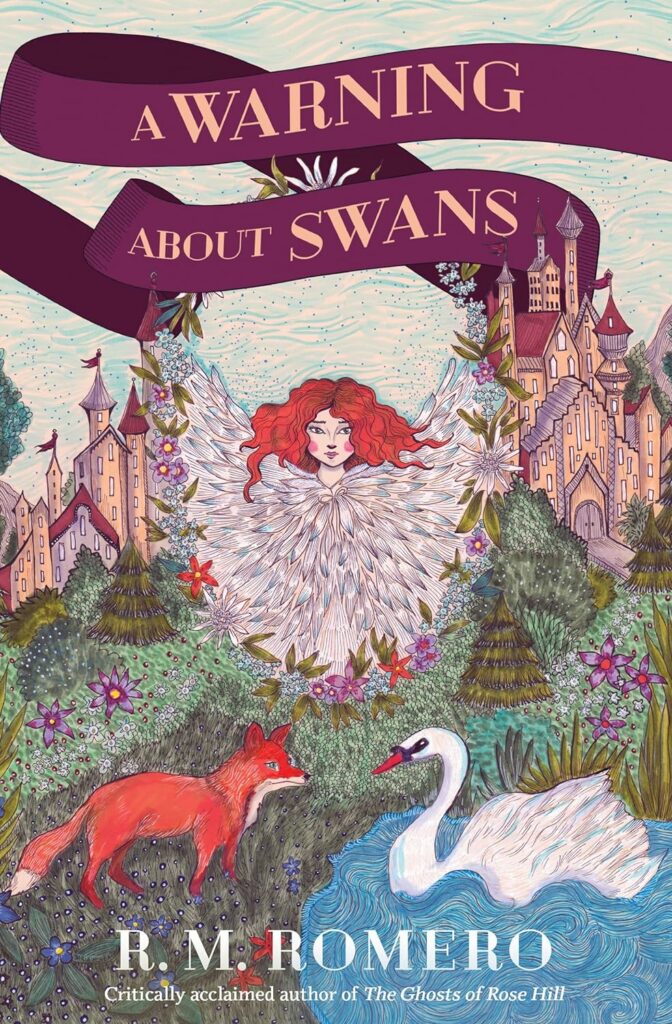
Growing up, were there any stories in which you felt touched by/ or reflected in? Are there any like that now?
Like many Millennials, I read Stephen King “too young”—I was eleven when I picked up IT and felt very seen by King’s portrayal of what it was like to be that age. His child protagonists were diverse outsiders who grappled with dark things, but they were still very much kids who liked to play pretend and impress one another with how many curse words they knew. I couldn’t relate to a single character in The Baby-Sitter’s Club, but I knew what it was like to be the Bill Denbrough of my friend group. I loved Francesca Lia Block as a teen; her books were the first time I saw artistic and queer protagonists who got to live their dreams in fiction. And while I was disappointed when I realized The Chronicles of Narnia was a Christian allegory, the idea of magic being just a door away has stuck with me to this day.
I saw many of my own experiences reflected recently in Thistlefoot by GennaRose Nethercott. Because I help maintain Jewish cemeteries in places like Poland, I have to grapple with a lot of old ghosts, and Thistlefoot is very much a story about what happens when the past seeps into the present. And as a bonus, it’s a book with queer characters!
As a writer, who or what would you say are some of your greatest creative influences and/or sources of inspiration in general?
Fairy tales and folklores, particularly from Germany and Eastern Europe, are the genesis for many of my own stories; I’ve spent so much time in those areas over the years that they’re easy for me to tap into. Songs usually play a role in my books, which is no surprise because I was raised in a household where music constantly played in the background and my best friend is a violinist. Tori Amos, Kishi Bashi, MARINA, Imogen Heap, Regina Spektor, James Newton Howard, Vienna Teng, Coldplay, The Oh Hellos, and Bear McCreary hugely inspire me while I’m writing. And so do my friends! Variations of them usually wind up in my books.
Aside from your books, what are some things you would want others to know about you?
I like cats and dead people best, and I’m happiest when I’m traveling.
What’s a question you haven’t been asked yet but that you wish you were asked (as well as the answer to that question)?
“If you were an enchanted object from Beauty and the Beast, what would you be?” A vintage suitcase, covered in stamps from all the places I’d been.
What advice might you have to give for other aspiring writers?
You have magic inside yourself that no one else in the world has; let it flow onto the page. And don’t be afraid to put your pain in a story; it just might help someone else heal from theirs.
Are there any other projects you are working on and at liberty to speak about?
My next YA in verse, Death’s Country, comes out on May 7th. It’s a queer, polyamorous retelling of “Orpheus and Eurydice” about two teens who descend into a Miami-flavored underworld to retrieve their girlfriend’s soul. I also have a Middle Grade novel coming next October that’s pitched as Jewish Narnia called Tale of the Flying Forest. In it, a tween girl named Anne must travel to a magical flying forest full of creatures from German and Jewish folklore to rescue her twin brother from a witch in a candy house. (I told you I was obsessed with “Hansel and Gretel”!) My current project is The Tear Collector, a Middle Grade about two siblings who survive the climate change apocalypse only to get stranded on an island where their neighbors keep turning into monsters.
Finally, what LGBTQ+/fantasy books/authors would you recommend to the readers of Geeks OUT?
The Spirit Bares its Teeth by Andrew Joseph White, the Sir Callie series by Esme Symes-Smith, When the Moon Was Ours by Anna-Marie McLemore, The City Beautiful by Aden Polydoros, Bitter and Pet by by Akwaeke Emezi,and The City We Became by N. K. Jemisin are my current favorite queer fantasy books!
Header Photo Credit Autumn Romero

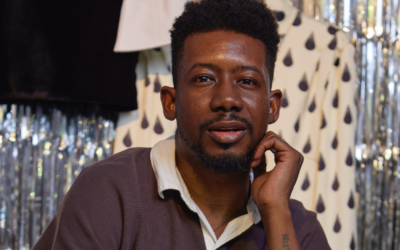
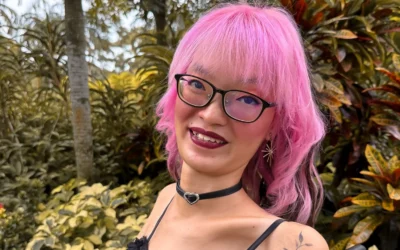
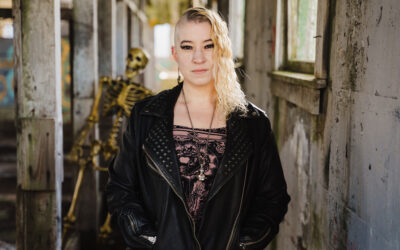
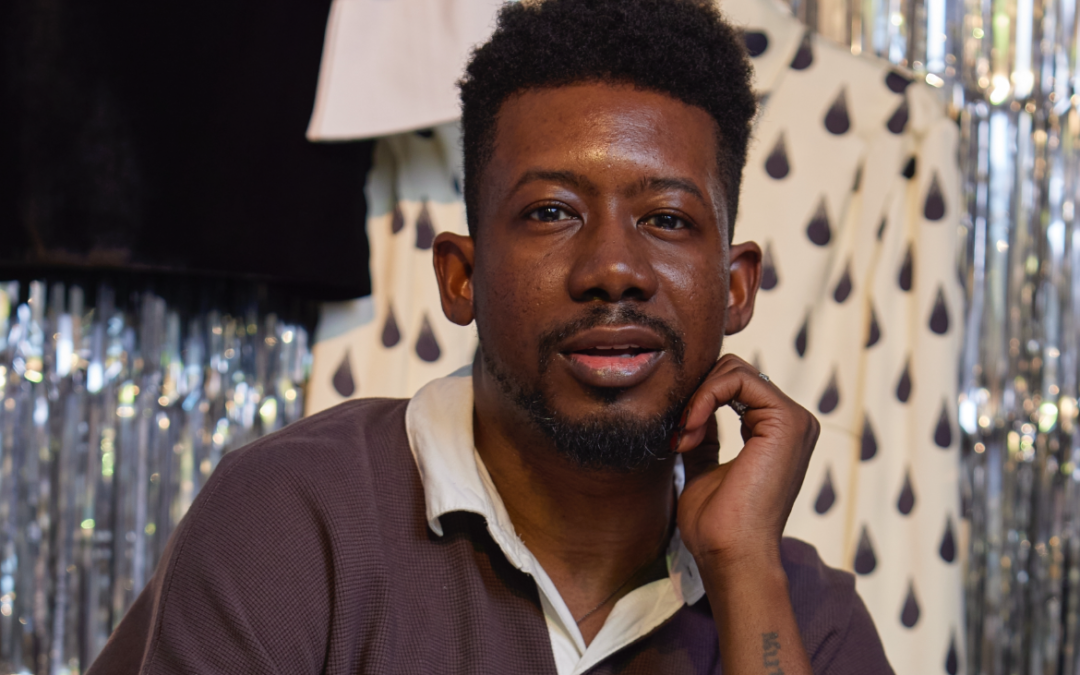
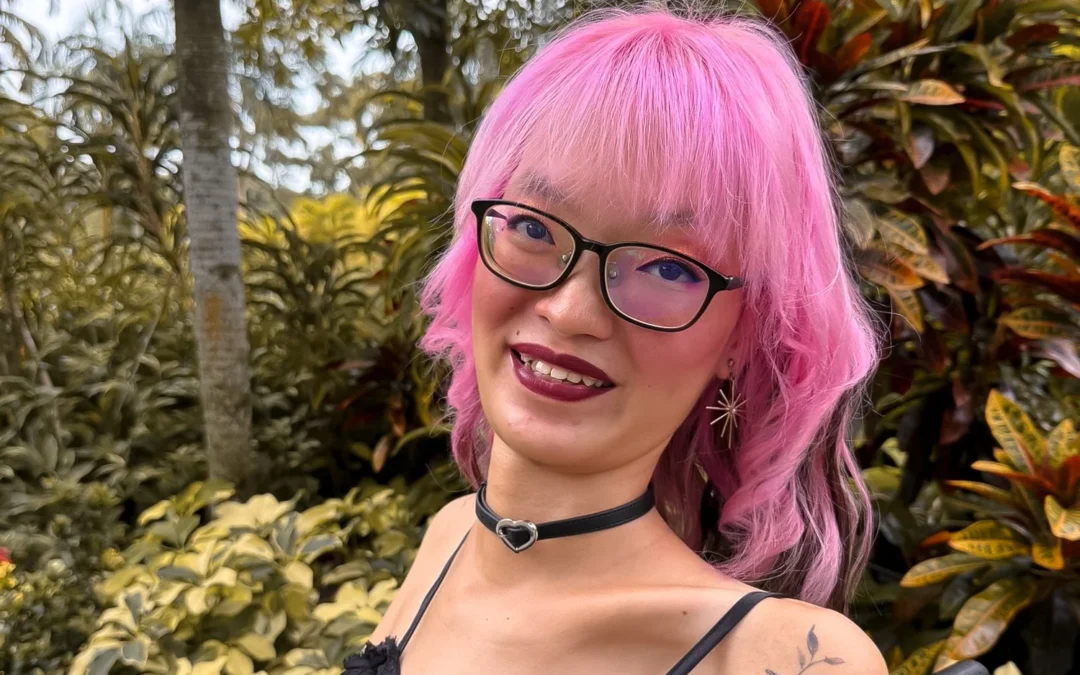
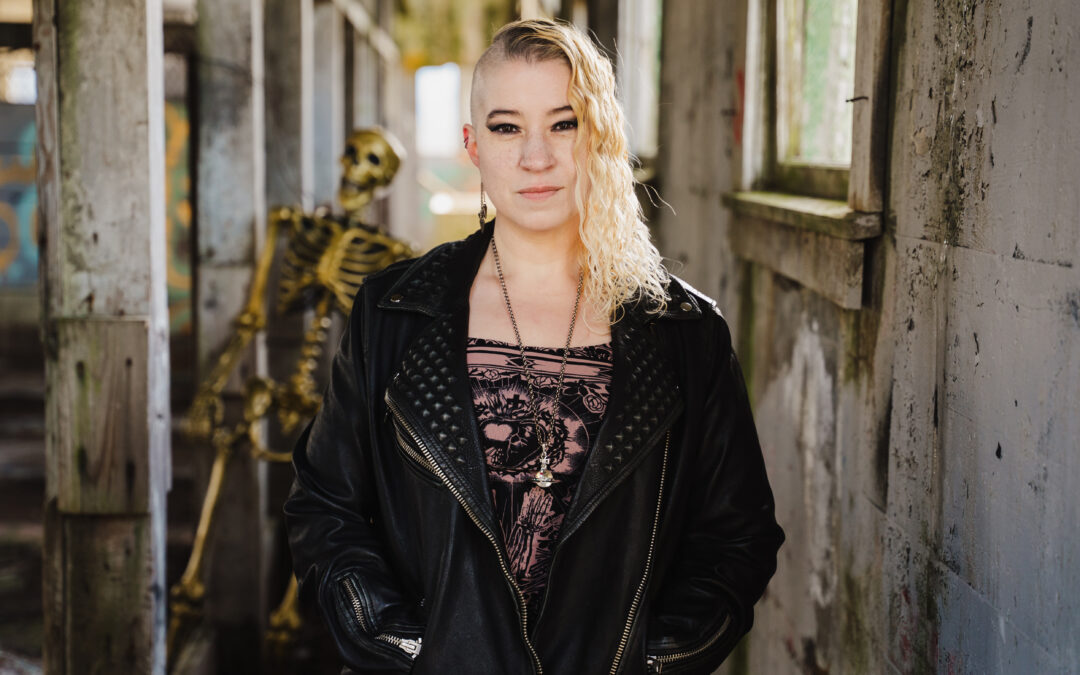
0 Comments